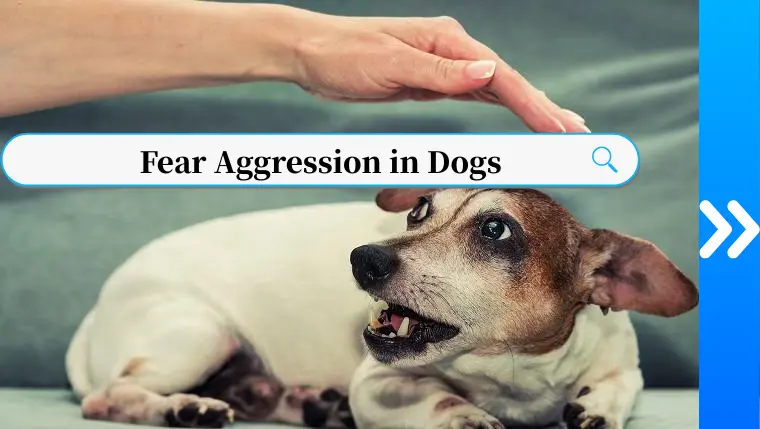Dogs rely on their fur to protect their skin, help regulate body temperature, and insulate the internal organs from cold and heat. Like our own daily hair loss, some shedding is natural in pets. Some breeds of dogs and cats naturally shed more than others, especially during seasonal changes.
But excessive shedding in dogs can be a sign of disease or illness that requires veterinary care. That's why it's important to determine the normal shedding pattern of your dog and know what to do if your dog is shedding a lot.
What Is Normal Dog Shedding?
The amount of shedding that is “normal” for your pet depends on many variables, including breed, anatomy, physiology, and genetics, said Roy Cruzen, DVM in Phoenix. Ideally, a pet parent should determine their dog's baseline shedding as soon as they bring home their new furry family member.
The notion that long-haired dogs shed the most is a myth. In fact, short-haired dogs have denser coats and generally shed more—but the length of their hair makes it less noticeable.
Of course, there are no hard and fast rules. But some dogs are just naturally heavy shedders, explains Cruzen.
“Labrador Retrievers are shedding machines,” Cruzen says. “When a Lab comes into the vet clinic for 20 minutes, we have to immediately go in and vacuum. The floor is covered with hair.”
Other high-shedding dog breeds include:
• Akitas
• Chow Chows
• Dalmatians
• German Shepherds
• Siberian Huskies
Causes of Excessive Shedding in Dogs
If you notice your dog's shedding more than usual, there are many reasons that could cause this.
One of the first things to do if it occurs is to look at your dog's hair. Does it have a healthy sheen? Does the skin beneath the fur appear normal, or is it flaky, dry, or discolored? If the hair is dull, dry, or broken, it can be a sign of an underlying medical condition and you should contact your veterinarian.
Seasonal Changes
Some dog breeds, especially those with double coats, shed a lot more seasonally, with peak shedding occurring in the early spring and early fall. Dogs may also shed more in response to temperature changes or the amount of sunlight they are exposed to.
When the warmer months approach, dogs shed their winter undercoats for a lighter summer coat. When the colder months approach, dogs shed their lighter undercoats and grow thicker, warmer coats for winter.
Feeding an Imbalanced Diet
The number one reason for excessive shedding in dogs is a poor diet, Cruzen says. “People go to discount stores, buy a 40-pound bag of cheap food, and then see their pet's shedding increase,” he says. “Even though the food meets the minimum quality requirements, it may not have enough protein or nutrients for your pet.”
Choose a high-quality dog food that meets the nutritional standards set by the Association of American Feed Control Officials (AAFCO). The best food for your dog depends on their age, lifestyle, and health. Talking to your veterinarian will help you find the best fit.
Food Intolerance or Allergies
Food allergies or intolerance is a common cause of excessive shedding in dogs. This often causes itchy skin and skin infections, which will contribute not only to more shedding but also areas of total hair loss in these pups.
Environmental allergies, such as those to pollen, grass, or dander, can also make your dog shed a lot, so it's important to discuss your dog's coat changes with your veterinarian before switching to an allergy-friendly dog food. The issue might not be their food!
Using the Wrong Shampoo
If your dog's shedding a lot but you don't believe food quality, a food intolerance, or food allergies are to blame, consider your grooming habits.
Never use human shampoo on your dog. It's too harsh on their skin and coat, and it can cause excessive shedding, flaking, and even skin infections. Bathe your dog with a dog-safe shampoo instead, and make sure to rinse it all out of your pup's coat.
Stress
Stress, such as a sudden change in routine or welcoming a new family member into the home, can also cause excessive shedding. You may also notice your dog shedding a lot during fireworks, thunderstorms, or even a trip to the vet. This is due to the body’s stress response.
Although it’s not known exactly why dogs shed when they’re stressed, it’s suspected to be due to epinephrine (aka adrenaline), which is the primary stress hormone in the body.
Skin Parasites
If your dog is shedding more than usual and excessively scratching, they may have fleas, ticks, or mange mites. Those parasites—and the itching and scratching they cause—can lead to more serious health issues, including inflammation of the skin and secondary skin infections.
All dogs should be on year-round flea and tick preventatives. Because these parasites can hitch a ride on clothing or come in through screened windows and doors, all pets at home—even indoor cats—need regular preventatives. Talk to your vet about the best flea and tick medications for your dog.
Hormonal Imbalances, Tumors, and Other Underlying Diseases
Excessive shedding may also be a sign of hormonal imbalances. Some dogs shed excessively after giving birth or after spaying or neutering.
Shedding on various parts of the body, clumps of shedding, and skin discoloration may also be signs of an array of serious issues, including:
• Bacterial infections
• Ringworm and other fungal infections
• Thyroid disease
• Cushing’s disease
• Inflammatory bowel disease (IBD)
• Skin allergies
When To See a Vet About Your Dog’s Shedding
If your dog’s shedding is leading to other issues, such as areas of hair loss or skin abnormalities, your dog should be examined by their veterinarian to help determine treatment. You should take your dog to the vet if your pup’s shedding has become excessive (outside of the high-shedding seasons of early spring or fall).
Take your dog to the vet if you notice any accompanying symptoms to the shedding, including:
• Increased thirst
• Increased urination
• Weight gain
• Noticeable parasites on the skin
• Excessive itching
A trip to the vet is never a bad idea if you’re doubting whether your dog’s shedding is normal.
When should I be concerned about my dog shedding?
Take your dog to the vet if they’re shedding heavily while exhibiting other symptoms such as total hair loss, itchy skin, skin lesions, and changes in their weight or temperament. These can be signs of an underlying medical issue.
What months do dogs shed the most?
Dogs, especially dogs with thick double coats, tend to shed more in the early spring and early summer.
How can I stop my dog from shedding so much hair?
While shedding cannot be totally stopped, routinely bathing and brushing your dog with a slicker brush, FURminator, or hand mitt can help remove dead hairs before they’re shed.





